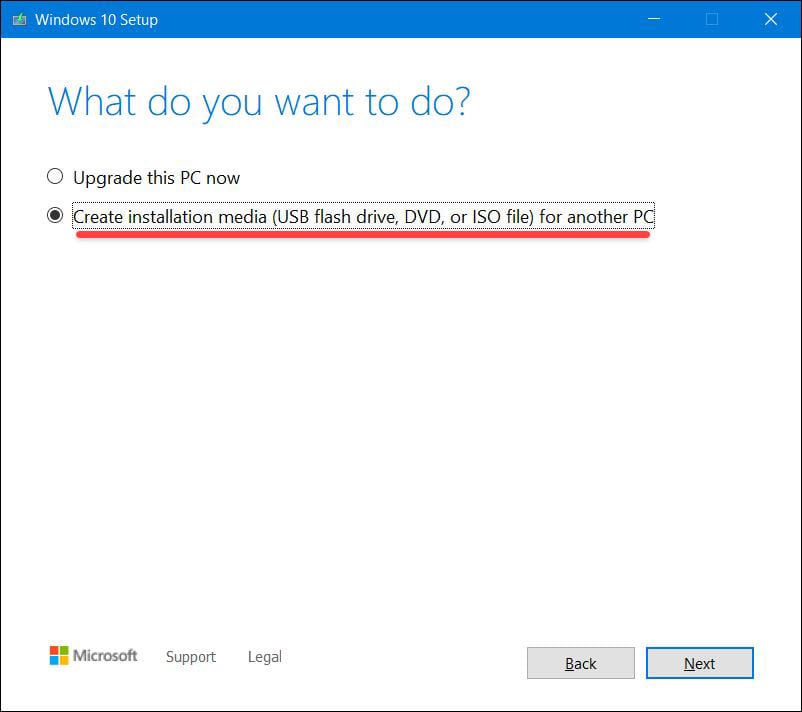
Now it’s time to copy the content of the Windows 10 ISO to the newly formatted USB.

Step 3: Copy the content of the ISO to USB Use this tutorial to learn how to format a USB in ExFAT format in Linux. This newer format allows files bigger than 4 GB. In that case, FAT filesystem won’t work as it doesn’t allow a single file of size greater than 4 GB.You should then format the USB in ExFAT format. Newer Windows 10 ISO might have files larger than 4 GB. It is now ready for creating bootable Windows 10 USB disk. Once done, your USB should be automatically mounted. It creates a UEFI compatible bootable disk.Ĭreating a Bootable Windows 10 USB in Linux

In this tutorial, I am going to show you how to create a Windows 10 bootable USB in Linux. If you are uninstalling Linux from dual boot or if you want to reinstall Windows completely or you simply want to have a Windows installation disk ready, you’ll need a bootable Windows 10 USB or DVD. How about the other way round? How about creating a bootable Windows 10 USB in Linux? I have talked a lot about creating bootable USB of Linux in Windows. Brief: This tutorial shows you how to create a bootable Windows 10 USB in Linux with and without a GUI tool called Ventoy.


 0 kommentar(er)
0 kommentar(er)
